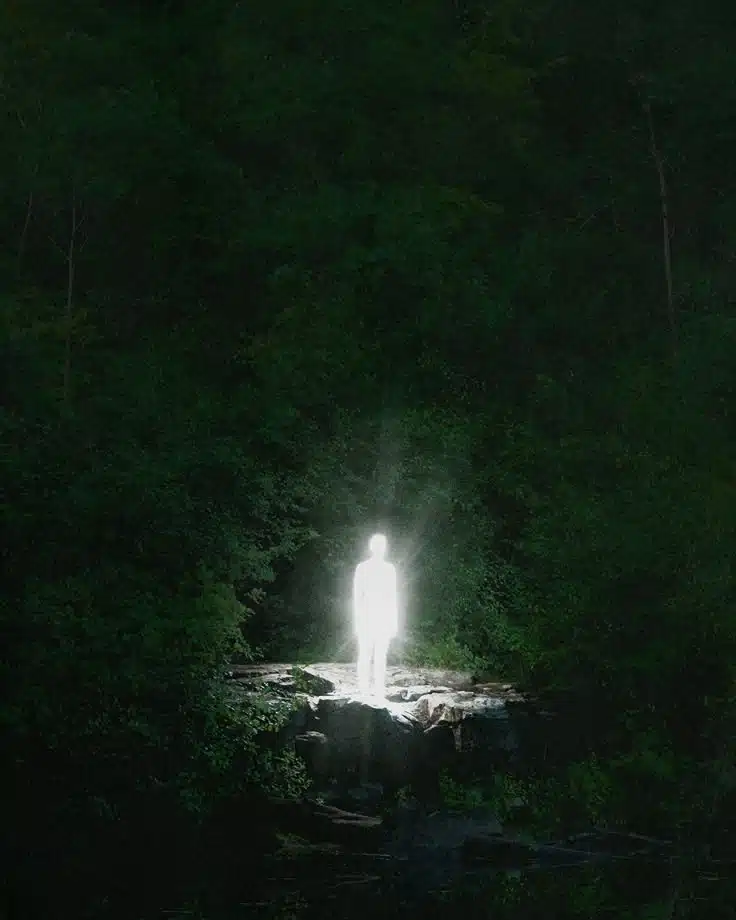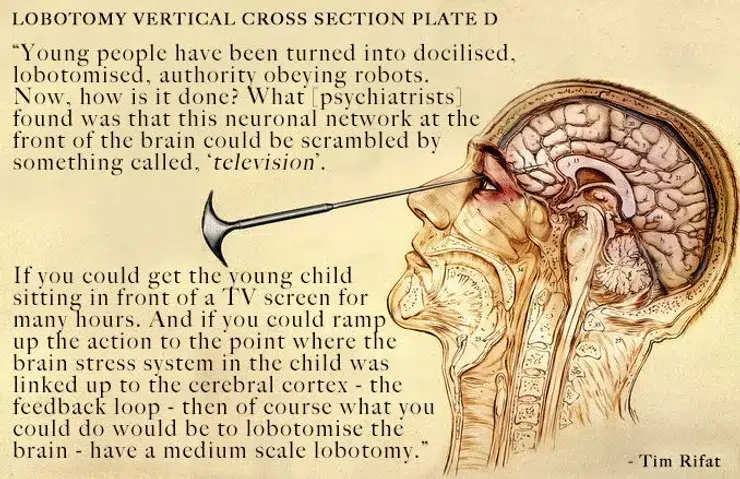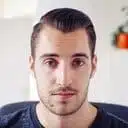I haven’t applied sunscreen for almost a decade, I stay in the sun and don’t burn.
That doesn’t mean I’ve never burned, it doesn’t mean I don’t recognize the power of the sun.
I just learned how to work with it and for my own good. First of all, when I’m outside I always wear a hat and a shirt, even when I’m surfing.
So how did I stop using the cream?
A decade ago I was in Hawaii and was exposed to a discussion about how sunscreen kills coral and harms fish in the sea, which is why the locals in Hawaii don’t use sunscreen. Because when you go into the water after applying the cream, it leaches into the ocean.
When I realized that the cream harms the coral, I wondered to myself, what is it doing to my body?
I started researching and realized that sunscreen doesn’t completely stay on the skin; it is absorbed into the bloodstream and most sunscreen “protection” products are saturated with substances that are harmful to health and are defined as toxic.
One of the chemicals found in the world’s most well-known brands of skin care products and sunscreen is gasoline.
But that’s not so exciting, considering most of the list of ingredients found in regular sunscreen are carcinogens and hormone disruptors that are openly listed on the packaging. oxybenzone, octinoxate, homosalate, octocrylene

מעבר לזה שהקרם רעיל, האם הוא בכלל יעיל בהגנה מפני השמש?
קרני השמש מחולקות לשני סוגים:
UVA
שהן בעצם 95% מהקרניים שמגיעות לאדמה.
הן חודרות עמוק לתוך העור, יוצרות מוטציות ב dna שלנו וגם אחראיות להזדקנות וקמטים.
הסוג השני
UVB קל לזכור את זה כי ה B מייצגת את ה BURN,
אלו הקרניים שיוצרות אדמומיות וגורמת במקרים מסויימים להשרף.
ובעצם – קרם ההגנה מגן בעיקר מפני קרני UVB.
אך לא (באמת) מגן מפני הקרניים החזקות של השמש UVA.ובעצם – קרם ההגנה מגן בעיקר מפני קרני UVB.
אז הקרם בעצם מאפשר לבלות יותר שעות בשמש מבלי להשרף.אז הקרם בעצם מאפשר לבלות יותר שעות בשמש מבלי להשרף.
ויכול להיווצר נזק חמור יותר בדיוק בגלל זה..
עכשיו, ישנן חברות שמשווקות את הקרם שלהן כמגן מפני UVA, אבל, מה שהן לא יספרו לכם זה שההגנה שלו
דועכת הרבה לפני ההגנה מה UVB.
בערך בשליש מהזמן – את זה אומרים המחקרים.
הקרם בסהכ מאפשר להיות יותר מדי שעות בשמש.
אז אם מרחתם קרם, ואז נשארתם הרבה שעות בשמש – בעצם עשיתם לעצמכם יותר נזק. גם שהיתם יותר מדי זמן בשמש וגם ביטלתם את המנגנון החכם של העור שלכם להגיד לכם כשזה יותר מדי בשבילו. בזמן הזה, קרני ה UVA חודרות ללא הפרעה.
הרי, קרם או לא קרם אין סיבה לבלות שעות מתחת לשמש חזקה באמצע היום ללא מקורות של צל, אם לא הייתם עושים את זה במדבר, למה שתעשו את זה בחוף הים?
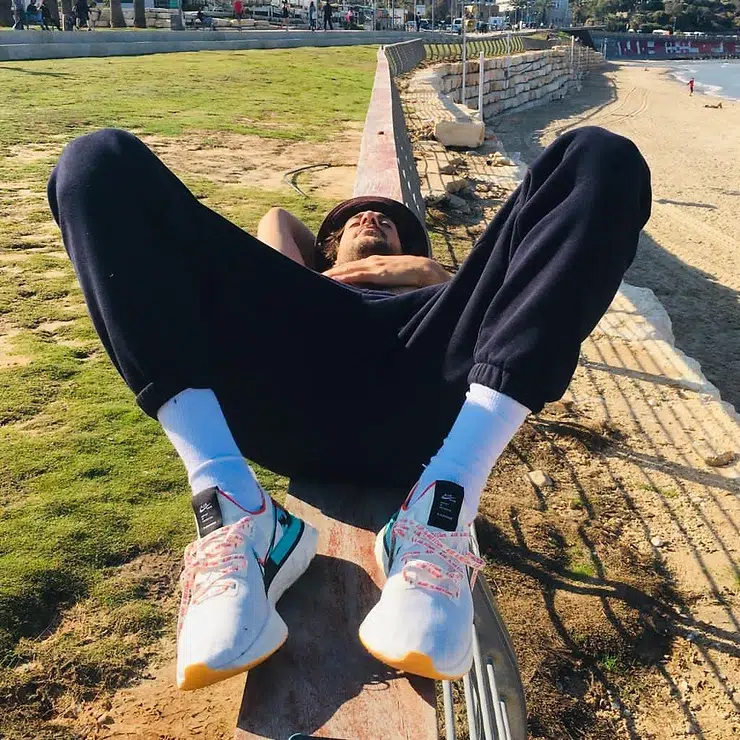
Even though I wear a hat most of the day, I won’t give up 15 minutes a day without sunscreen with as little clothing as possible to receive the long list of healing powers of the sun.
Healing, disinfection, testosterone, mood, strengthening bones, strengthening the immune system.
The sun is the source of life on this planet.
But the reason I’m not afraid of the sun at all is because I don’t do things that increase the potential for the sun to become dangerous for me.
But they won’t warn you about these..
Seed oils
Cigarette smoking / vaping
Processed and junk food
Synthetic materials and creams that are absorbed into the blood
An overly acidic diet that creates skin sensitivity
After all, the cells in our body feed on what we put into it and those cells meet with the sun.
If we feed on the above, they can cause damage when they meet with the sun,
Skin cancer cases have increased significantly in recent decades and it’s because of our choices.
Nature doesn’t make mistakes.
Nature responds to the actions we take.
Of course, the way to create a proper relationship with the sun is first to change your diet and get rid of the toxins we put into or apply to the body, and then when the body is not acidic and toxic, start tanning gradually – five minutes a day and increase over time.
The ideal situation is 20 minutes a day with as little clothing as possible.
The sun is a source of joy, energy, health and vitality.
Another thing that affects sun exposure is sunglasses. Our eyes are the receptors for the sun and through the eyes meeting the sun, the body understands that it needs to create melanin, this is the dark pigment that our skin produces to protect itself from the sun. The more tanned we are, the more time we can spend in the sun without burning.
Includes studies:
A study on the effect of melanin (the dark pigment secreted from natural tanning) and how it protects from the sun’s rays
And a study on the ineffectiveness of sunscreen against UVA rays
How to deepen, take ownership and maintain your health?
If you want to be in the sun without fear, and in general be healthy, feel strong and invincible,
This is what happens when you change your diet, everything changes and the body responds accordingly.
You don’t need sunscreen to look young, you need to eat nutritious food.
Register now for a nutrition course and start the most fundamental change this weekend.
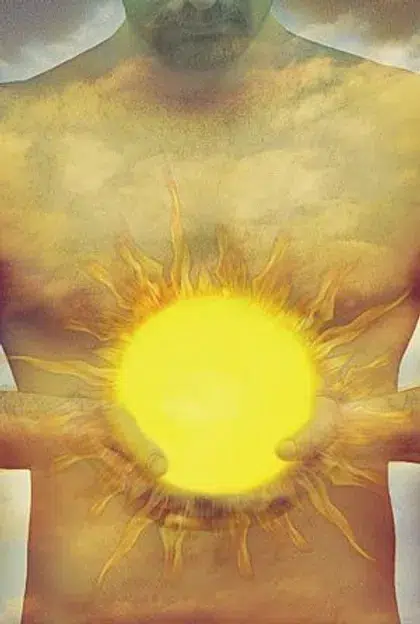
Most people are convinced that the sun causes cancer, and yet the sun is part of nature, and we are also part of nature. Nature is not wrong, nature responds to our choices
And yet we apply carcinogenic substances to ourselves and still think it is the sun?
Nevertheless, most people have been convinced that the sun is not healthy for us.
It is very simple, to convince people to consume, you have to make them afraid.
Personally, I have not used cream for years, and yet I do not burn because I am attentive to my body. You will not find me cooking for hours in the sun.
However, we must have science.
Without science – man feels that he cannot believe. A good feeling is not enough…
According to science, the immune system improves from exposure to the sun (during the Corona period, dozens of studies were published) that linked a lack of vitamin D to more severe cases of damage from the Corona. And yet we were told to stay home.
The sun’s UV rays help the body produce the vitamin that is important for bones, blood cells, and the immune system. And also helps absorb and use certain minerals, such as calcium and phosphorus.
In addition, sun exposure helps the body produce nitric oxide, which helps the body dilate and constrict blood vessels and improve your blood pressure and heart health.
So far, the whole story sounds pretty positive, doesn’t it?
However, is there another side to the science that tells us that the sun causes cancer? The same sun, thanks to which we and nature exist, the one responsible for all this goodness, is also dangerous?
Until the 1950s, the sun was considered a source of health and healing.
What’s more, to this day, psoriasis (a skin disease) patients are sent every year at the state’s expense to the Dead Sea to spend a few weeks in the sun without sunscreen.
A lot changed in the 1950s. Cigarettes became the hot thing (it was not considered unhealthy), industrial nutrition, seed oils, white sugar and junk food became the mainstay of the diet. And yet they decided to blame the sun for cancer. It’s easiest to blame the thing that a person cannot take responsibility for.
But when a (real) study comes out that finds out if sun exposure causes cancer, they don’t ask the study participants what their diet is? Do they smoke? Are they physically active? Do they consume toxic substances through their skin?
In other words, studies that examine the effect of the sun without reference to other aspects of a person’s life.
If I consume foods during the day that release free radicals in the body, such as seed oils (canola, sunflower, grape, etc.), they are harming my body and I may see an expression of this in my skin, which will manifest itself in spots or perhaps even a medical problem.
Then it happens that even the experts are afraid and believe it, and there is collective intimidation. Suddenly everyone is afraid of the sun.
But when there is cancer, auxiliary substances need to be invented to prevent cancer – like a sunscreen.
When a company produces a substance like a sunscreen, its intentions are generally good. Looking for a solution and not the real source of the problem.
However, the way to produce a product accessible to every pocket is to save costs. Then they use the cheapest materials. Which produces sunscreen from unhealthy materials.
Is this the stage where I am supposed to recommend natural sunscreen? Listen
I really don’t use cream because I’m always wearing a hat, but if I had to, I would only put it on my face, a cream that is not absorbed at all, from natural materials like those used by surfers. There are some, they are not easy to get because they are not chemical garbage that you can easily make a profit on.
So the first step would be to buy a sunscreen that is not made of toxic materials.
It should be Non-nano – meaning it is not absorbed by the skin.
How do you know if it is made of toxic materials? First of all, read the label.
Then ask yourself:
Would you eat your sunscreen?
Sounds like a crazy question, but if a cream is absorbed by the skin. It’s just like putting it in your mouth.
However, even if the cream is not with harmful substances, it prevents (blocks) the sun from doing its job
and allows me to stay in the sun for too long, which can be too much for them. Then ask yourself:
And without the cream, I would probably seek shade.
What do I do?
I spend half an hour to an hour in the sun at noon, without cream and without clothes, and then sit under an umbrella or put on a hat and shirt.
Anecdote.
What is interesting is that melanoma (skin cancer) usually appears in areas of the body that are not exposed to the sun. Therefore, I try to spend some time in the sun completely naked.
In any case, we must understand that there is no exact science. It is impossible to decide for a person how much to be in the sun, what is right and what is wrong. Only I can find out for myself and experiment. See how I feel.
Here lies a much more important conclusion. And not only in the context of the sun. A person needs to know his body, trust his body, learn to listen to it. There is no answer to every question from the outside.
Make good choices, in your diet, in the substances you put into your body and learn to know it.
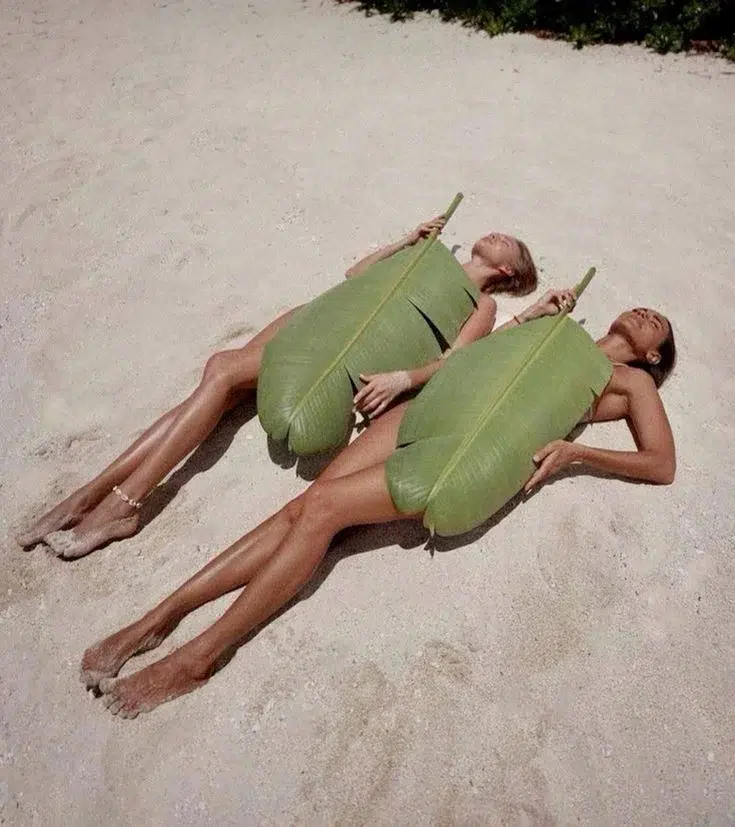
Over a billion people worldwide are deficient in vitamin D. Also known as the sunshine vitamin.
One of the most important vitamins for human health
You might be surprised, but these numbers are no different in the sunny Middle East.
In the last two decades, more than 40,000 scientific publications have reported the benefits of vitamin D on most body systems
What does it do?
Vitamin D does several important things
It helps the body absorb calcium, which means it strengthens bones
Strengthens the immune system through the production of T cells
Improves mood by increasing dopamine serotonin levels
Increases testosterone levels in men, which means (muscles, sperm count, sex drive,
Improves fertility in women
Low levels of vitamin D have been linked to increased susceptibility to many health conditions, including respiratory infections, mental health problems, the development of autoimmune diseases, and many types of cancer.
Why does this happen? There are several hypotheses, and they all sound logical.
We are inside most of the day
We hardly eat foods that contain vitamin D, such as organic eggs, sea fish, liver, and mushrooms.
Sunscreen. Sunscreen prevents UVB rays from penetrating the skin, where vitamin D is absorbed.
So even if you apply, or are under an umbrella/wearing Clothes.
It is worth waiting fifteen minutes before…
Vitamin D is known as one of the most important vitamins for humans, especially in populations of children, the elderly and pregnant women.
It is important for the absorption of calcium, which is essential for maintaining bone tissue. There are studies that indicate a link between vitamin D and reducing the risk of various types of cancer, as well as delaying the effects of Alzheimer’s, preventing depression and diabetes.
In other words, not being in the sun increases the risk of cancer…
A few more benefits of the super vitamin
High testosterone
Mood – serotonin
Unlike other vitamins, which can be consumed in food, vitamin D can also be formed in the body by exposing body cells to the sun, which is why it is also called the “sunshine vitamin”.
Vitamin D has important health effects on the body, so a deficiency in it may lead to physical and, according to some studies, even mental damage
Among the consequences of a deficiency in vitamin D are:
Osteoporosis (calcium loss), high chance of obesity, high chance of diabetes, high blood pressure, problems with teeth and gums, fatigue and even a feeling of depression, heavy menstruation, defects in the development of the fetus and baby
Increases the chance of getting cancer
What do we do if we have low vitamin D?
As mentioned, one of the best ways to consume vitamin D is exposure to the sun.
Of course, the iron rule is always not to burn during exposure.
So some studies say that exposure twice a week, for about half an hour, should be enough to produce in the body the amount sufficient for that entire week.
Others say that regular exposure every day for about fifteen minutes is necessary.
Of course, with as few clothes as possible. That is, if I went out for a lunch break at work but I’m wearing jeans and a T-shirt, it’s not ideal.
I personally try to expose myself for fifteen minutes a day, some people with whiter skin and five minutes will be more than enough for them, and others with darker skin will probably need more than fifteen minutes.
Another option is to consume the vitamin through food. These are some of the foods that contain relatively large amounts of the vitamin, fish, eggs, mushrooms and internal organs.
*More and more studies show that there is no real beneficial effect of vitamin D through capsules
I expand on natural nutrition to maintain health in the Stomach Laws course.
https://www.ncbi.nlm.nih.gov/pmc/articles/PMC3356951
https://www.ncbi.nlm.nih.gov/pmc/articles/PMC10064807
https://www.mdpi.com/2072-6643/16/8/1176#B36-nutrients-16-01176





